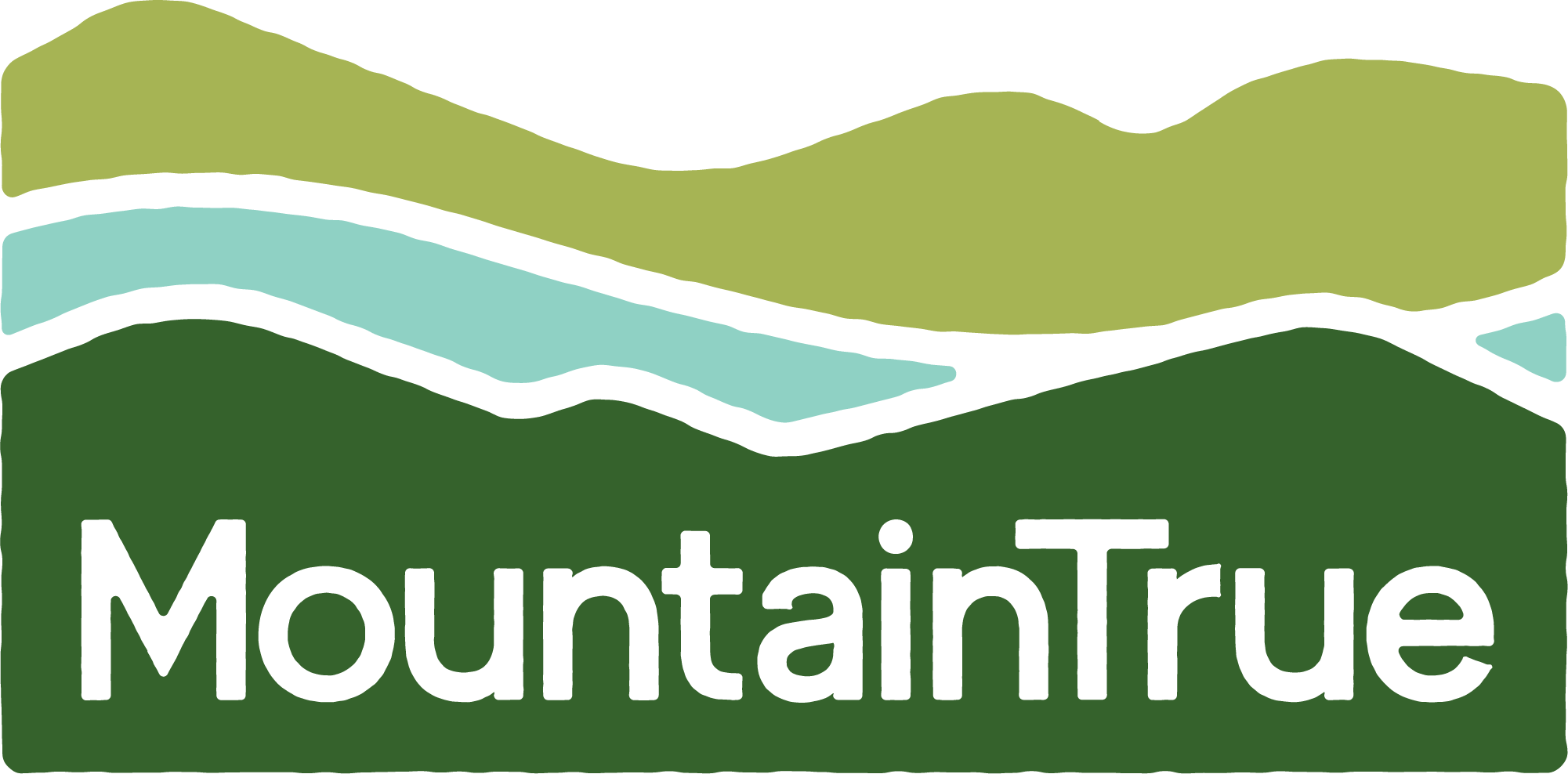Conservation and Recreation Coalition Announces Recommendations for Nantahala-Pisgah National Forests
(SYLVA, NC)—A coalition of conservation and recreation organizations recommends more trails and better public access as well as backcountry and wild areas for the Nantahala-Pisgah National Forests, according to a Memorandum of Understanding (MOU) developed by the coalition. The coalition is submitting the MOU to the U.S. Forest Service as part of the ongoing forest plan revision process for the Nantahala-Pisgah National Forests.
The coalition includes Access Fund, American Alpine Club, American Whitewater, Back Country Horsemen of America, Back Country Horsemen of Blue Ridge, Back Country Horsemen of North Carolina, Back Country Horsemen of Pisgah, Back Country Horsemen of Western North Carolina, Black Dome Mountain Sports, Blue Ridge Outdoors Magazine, Carolina Adventure Guides, Carolina Climbers Coalition, Franklin Bird Club, Friends of Big Ivy, Ground Up Publishing, Highlands-Cashiers Land Trust, Highlands Plateau Audubon Society, Hiwassee River Watershed Coalition, International Mountain Biking Association (IMBA), MountainTrue, Nantahala Area Southern Off-Road Biking Association (SORBA), Nantahala Hiking Club, North Carolina Horse Council, Northwest North Carolina Mountain Bike Alliance, Outdoor 76, Outdoor Alliance, Pisgah Area SORBA, Pisgah Mountain Bike Adventures, Southern Appalachian Plant Society, Southern Appalachian Wilderness Stewards (SAWS), Stay and Play in the Smokies, The Wilderness Society, Trout Unlimited – Unaka Chapter, and Wild South.
The idea driving the coalition is simple: Western North Carolina’s national forests are the region’s greatest public asset, and should be protected for their inherent beauty, biodiversity, and their many values. Recognizing that Nantahala-Pisgah National Forest is in the top three most visited national forests in the United States, the proposal acknowledges the economic importance of these forests for recreation and tourism, and recommends management of these assets in a responsible manner that is both environmentally and economically sound. The management and designations proposed by the coalition extend stronger protections to more than 365,000 of the national forest’s nearly 1.1 million acres including two new National Recreation Areas and more than 109,000 acres of recommended wilderness.
Key recommendations within the proposal:
- Two new National Recreation Areas for Western North Carolina: a 115,573-acre Pisgah National Recreation Area and a 57,400-acre Grandfather National Recreation Area that will protect these areas from resource extraction and ensure that their unique natural beauty and ecological diversity are maintained for future generations, while recreation use such as hiking, mountain biking, horseback riding, hunting, fishing, kayaking, and climbing is planned and managed for as a long-term priority. National Recreation Areas will formalize recreation access in key points of our forests, and would allow for the establishment of sustainable infrastructure to prevent damage to the areas while preserving recreational opportunities.
- Wilderness protection for 109,961 acres in the Nantahala-Pisgah National Forests. Hunting, fishing, horseback riding, and hiking are among the many activities that would be welcomed in these areas. While the Forest Service can recommend wilderness, it would have to be approved by Congressional legislation and signed into law by the president.
Those who support the recommendations put forth in the MOU can help by providing public comments to the Forest Service that both endorses a plan that provides more public access and recreation, and protects more of our backcountry and wild places.
Comments can be submitted via email at NCPlanRevision@fs.fed.us or via mail at United States Forest Service Supervisor’s Office, 160 Zillicoa St, Suite A, Asheville, NC 28801.
For more information, contact:
Brent Martin, The Wilderness Society – Southern Appalachian Regional Director
(828) 587-9453 • brent_martin@tws.org
Josh Kelly, MountainTrue – Public Lands Field Biologist
828.258.8737 x 210 • josh@mountaintrue.org



